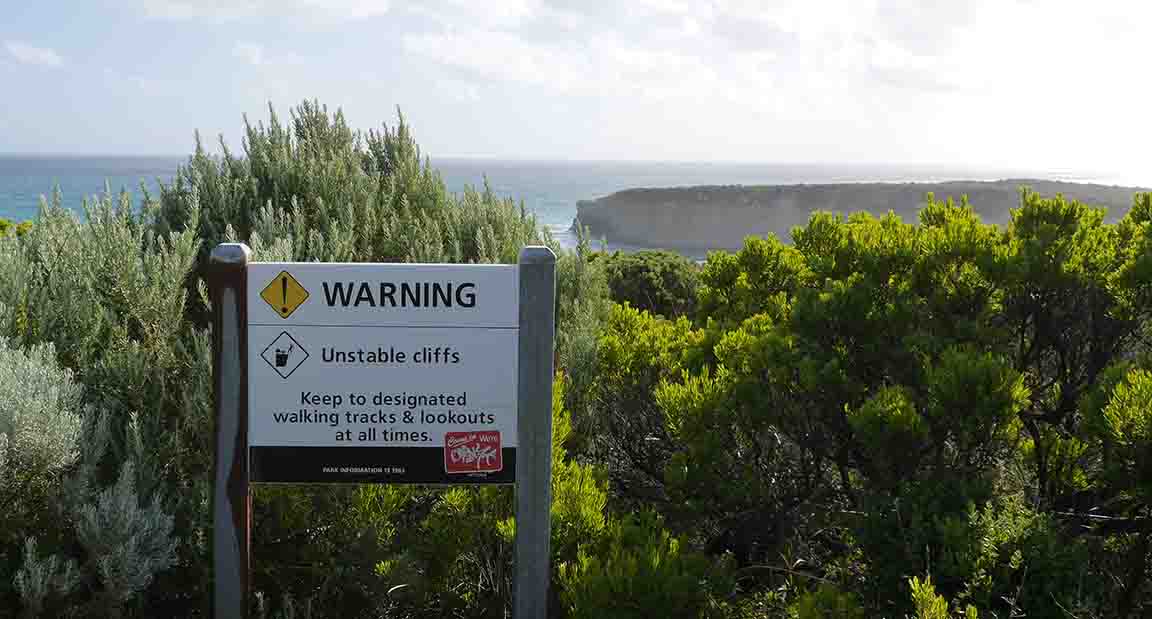Causes of coastal erosion
Coastal erosion is the removal of material from beaches, dunes, cliffs or coastal wetlands, mainly due to strong winds, waves, high tides and storm surge conditions. The speed and scale of the erosion processes depend on these forces as well as the geological layout of the coastal area.
Erosion is a natural coastal process and contributes to the redistribution of sediment throughout the coastal system and formation of characteristic coastal landscapes such as coastal cliffs and sharpened dunes at erosive locations and spits and wide beaches in deposition locations.
Sea level rise will generally increase coastal erosion rates as coastal profiles adjust to higher sea levels and the coastline will normally retreat if this process is allowed to proceed as part of the dynamic coastal landscape development. Coastal erosion can be further exacerbated by damming of rivers with subsequent sediment deficits in delta areas and adjacent coastlines and in areas with coastal land subsidence.
Erosion management
In coastal locations with human activities such as infrastructure, properties or agriculture, coastline retreat constitutes a particular challenge. Valuable coastal assets can be directly threatened, and local ad-hoc solutions may just lead to new challenges further down the coast due to disruptions of the larger coastal system.
A number of hard protection measures exist to address the problems but they may reduce the recreational value and natural dynamics of the coastline e.g. through the disappearance of the beach. Soft protection measures offer the possibility for maintaining the natural coastal dynamics and recreational value but often requires regular maintenance.
In many cases, tackling coastal erosion involves balancing the different concerns and interests and an appropriate combination of hard and soft management measures. The Coastal Hazard Wheel can be used for evaluating different management pathways and functions as starting point for developing a comprehensive coastal management strategy.
In that process, the Quick start guide can be used together with the Catalogue of Management Options to make a broad evaluation of the different management options. The automated Coastal Hazard Wheel App provides detailed coastal classification, hazard mapping and management guidance for the worlds coastlines and will be further developed with future data system upgrades. For more information or specific technical assistance with erosion control projects, please get in touch with us. Further resources on design of coastal protection measures can be found under Engineering guidance
